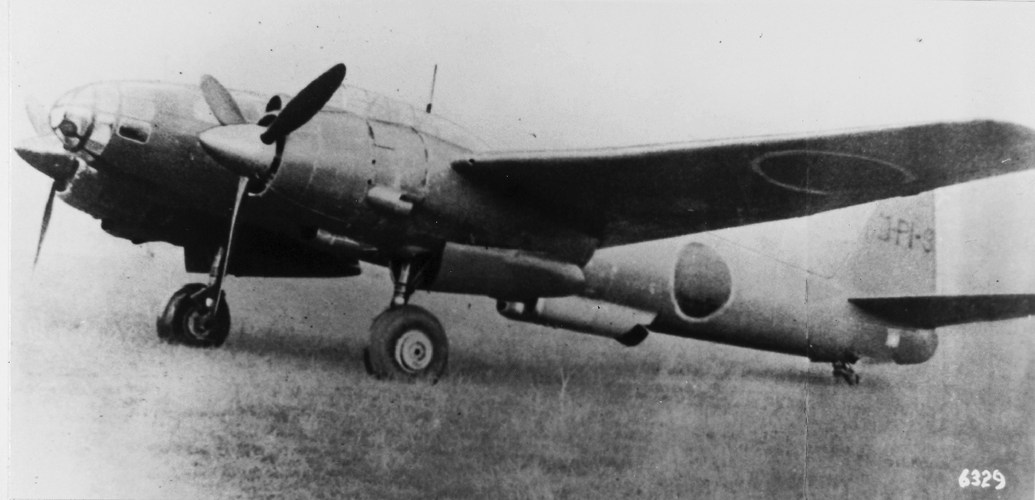TR10 and Tsu-11 engines had an extremely low thrust that is not suitable to propel an aircraft larger than Kikka, even with two units (and Kikka is very small, two TR10 was still pushing it).
In mid-1944, the Navy had official plans for the development of the Ginga Ro ("Ginga Rocket" -> Jet Ginga) and Kyokkō Ro, as well as the Tenga.
Ginga Ro and Kyokkō Ro are informal names, and were the Ginga or Kyokkō equipped with the TR10 or Tsu-11 jet engines. These engines are much too weak to be used as a main powerplant and are only auxiliary.
Both the Jet Ginga and Jet Kyokkō were to use a single TR10 or Tsu-11 fitted inside the belly for auxiliary propulsion. Because of this, I would consider the Ginga Prototype #3 that was used as a Tsu-11 aerial testbed to be effectively the prototype of the "Jet Ginga".
On the other hand, Tenga was a complete remodel of the Ginga with twin TR30 engines as the primary and only propulsion. The TR30 on paper was to have almost 3 times the thrust of TR10 and was suitable. Tenga is described in the Navy's 1944 prototype plan (according to a secondary source) as a "fighter-bomber", so it can be assumed that it was to have forward armament as well.
TR10-series and TR30 were abandoned at the beginning of 1945, and these projects were suspended. We could probably consider that the Keiun Kai (R2Y2) as a project superseded the Tenga in late 1944. In the very beginning, the Keiun Kai also was to use TR30, but the plan changed to use TR330 (Ne-330).
P1Y7 is new to me, and it does not appear in the Navy's designation list document of April 1945. I would assume that it was a provisional designation for the Jet Ginga with auxiliary TR10/Tsu-11.


